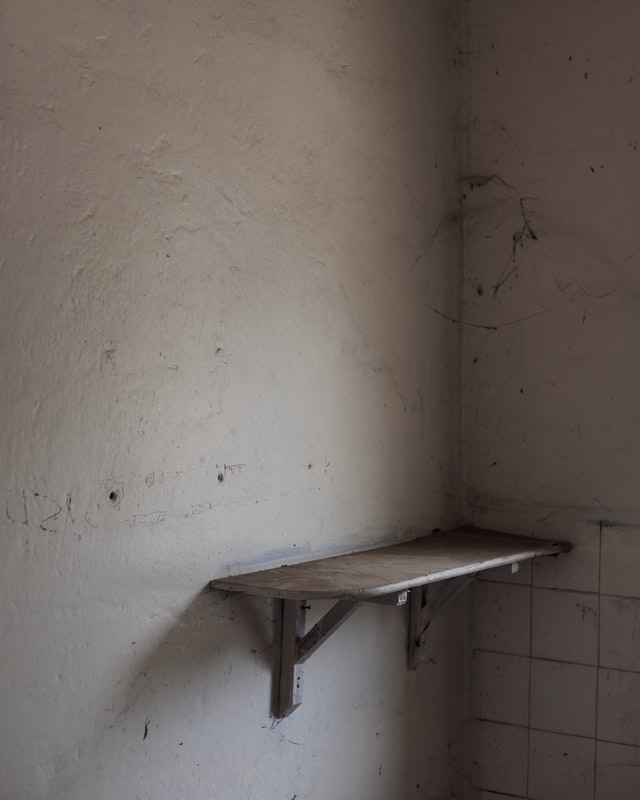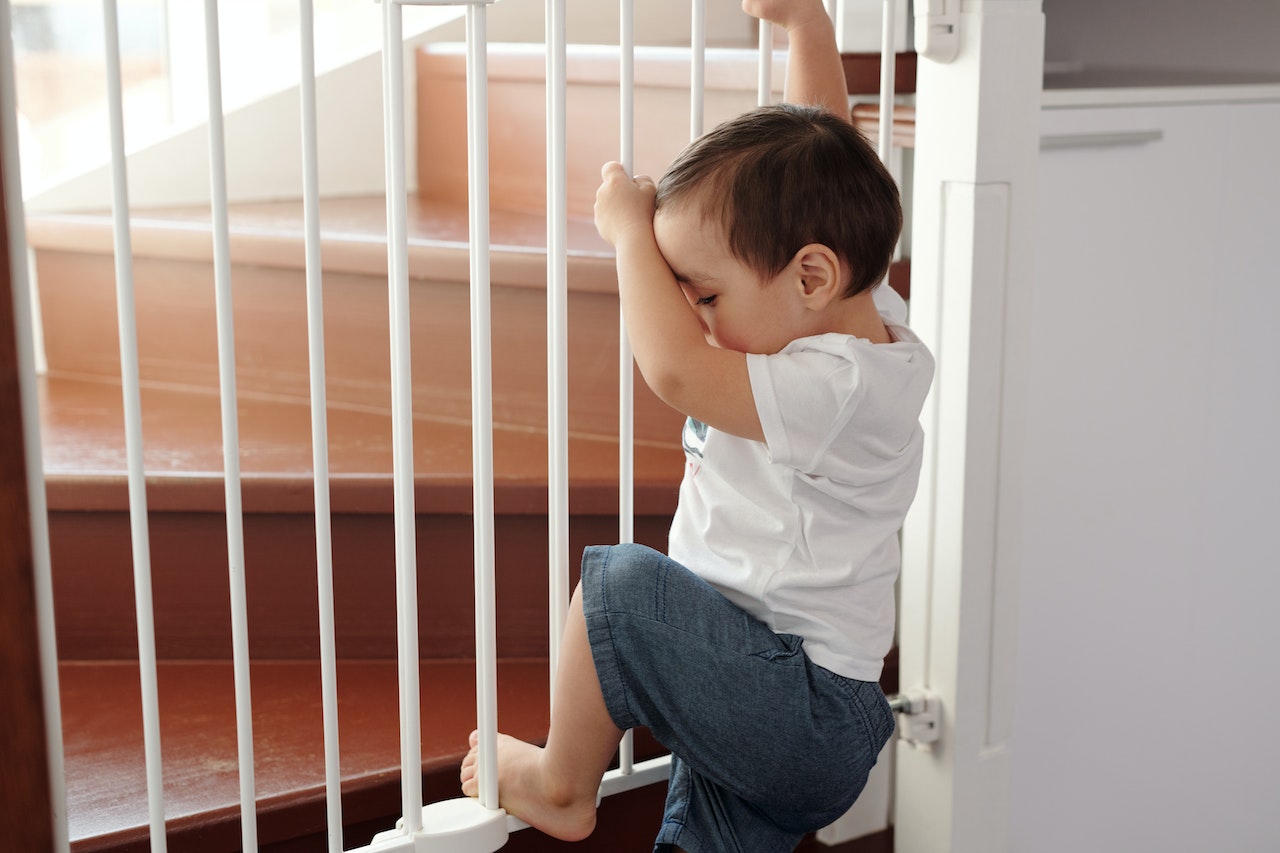No matter how well-constructed a home may be, it won’t last forever. It’s important to know as a homeowner or potential buyer how much longevity your property has left — or how much time you can add to it with some smart updates.
To see where your home stands, you can perform the following longevity tests to see what’s sturdy and what needs replacing. Here are eight places that will show your home’s strengths or weaknesses, depending on their current state:
1. The Foundation
The foundation of your home is perhaps its most crucial element — it holds up the entire structure, after all. A healthy foundation is an excellent sign that your home has legs. A concrete base with wooden outer structure can last for over a century, should you perform the proper maintenance to keep it in the best possible condition. For example, re-routing your home’s drainage system so that water runs away from the house will protect the concrete from water damage, which would otherwise reduce the life expectancy of your home.
Before moving in, you should always have an inspection to test all elements of your potential new property, including the foundation. If it’s healthy and somewhat new, you know you have an abode that could last for decades to come.
2. The Electrical Setup
Once upon a time, families didn’t need as much electricity as we do now. Therefore, older homes weren’t built with the intention of powering as many electronic devices as we use today.
Although it’s not a deal breaker, the electrical system is something that could reduce the life expectancy of your home without replacement now or in the near future. As a rule of thumb, if the house you intend to buy is 50 to 70 years old and hasn’t had an update in this area, then it will likely fall on you to do it if you want to keep the place alive.
3. The Roof
Another vital piece of your home’s longevity forecast will be the roof. Obviously, the uppermost boundary of your home plays an important role, keeping precipitation out and protecting your home’s structure from damage. But if the roof is more than two decades old, you will at least have to replace some of its shingles, no matter what type of material you choose.
On the other hand, you can rest easy beneath a new roof or one that’s been updated within the last decade or so. They tend to last anywhere from 18 to 25 years, so it isn’t an issue you have to deal with right away. No roof will last forever, though, so if you consider your purchase to be the home you’ll have for the rest of your life, you should expect to replace the roof to maintain its longevity.
4. Siding Material
Outside of your home are more elements that will determine the property’s longevity. The material used on the exterior could extend or shorten your property’s lifespan. Stone, concrete and brick are some of the longest-lasting materials, and you can trust that your property will be standing sturdily if constructed from these types of materials.
However, you should take care to examine siding, if that’s what your home is made of. For example, wood siding can last for up to 40 years if well-maintained. It’s also susceptible to damage and rot since it’s an all-natural material. Vinyl siding has a lifespan of up to 60 years. If stucco covers wood or concrete, it should last for more than 50 years if you maintain it with caulk and paint.
Any damage to these elements will reduce the longevity of your home, no matter how long they’re designed to last. Examine an exterior closely before settling on the house you want to buy.
5. The Appliances
Often, a selling point of a home is its updated appliances. But your property might not have all the features that come with a brand-new property — and we’re not just talking about the fridge, stove and oven in the kitchen.
For example, a water heater only lasts for a decade, while air conditioning units work for up to 15 years. Your furnace will need replacing every quarter-century, too. Chances are, you’ll have to replace some of the appliances in your home while you live there — none of them will be in working order forever. But knowing when you need to replace these items in the future will help you understand how much you’ll have to spend and approximately when that’ll happen.
6. The Plumbing
PVC drain lines last indefinitely, which instantly increases your home’s longevity. But the rest of your plumbing options will have an expiration date or, even worse, a potentially toxic side effect that’ll need replacing ASAP.
For example, a home with brass supply pipes can have healthily running water for 70 or more years. Homes with brass pipes, on the other hand, stay in business for about 50 years. And, if your home has lead pipes, you’ll have to replace them as soon as you can. They can contaminate the water, which is not good if you drink from the tap. An expert will have to come out and safely replace them, which will cost big bucks. On the bright side, though, the replacement system they put in will probably last for the rest of your tenure in your home.
7. Outdoor Features
Let’s head back outside to examine another potential problem with your home — its outdoor features. A wood deck is a great selling point for a property, but its constant exposure to the elements limits its lifespan to about 15 years. A home sporting an old porch will reduce its longevity, so weigh that before purchasing. Exterior paint needs a new coat every decade, and the garage door will require a replacement in a half-century or so.
A concrete or asphalt driveway will, at the very least, show signs that it needs a touch-up every 20 years or so. Depending on the number of cracks or maintenance required, a full-on replacement could be required. Again, if you move in at the start of your driveway’s tenure, you won’t have to worry about this for a quarter-century, but an older home will need sprucing sooner.
8. The Layout
This one’s a toss-up because today’s homeowners want something different than the people of yesterday — and the buyers of tomorrow. However, compartmentalized living is currently out of favor, and having lots of walls and doors will date your home. It won’t necessarily reduce the longevity, but a less-than-functional layout could affect your ability to live there for a long time. If you can’t envision a way to improve the layout before buying, then keep looking for a property you can reconfigure to your liking.
Longevity is Love
Every home will need maintenance, but with a little bit of research on your part, you can figure out how much money you’ll have to spend — and when — to keep your place at its best. In the end, the longevity of your home is interlinked with your happiness. As long as you still love the place, then it will last.




